Recycled PVB laminated glass could be a sustainable and eco-friendly alternative to traditional laminated glass. PVB, or polyvinyl butyral, is a thermoplastic material that is used as an interlayer between two layers of glass. This interlayer provides added strength and safety to the glass, making it a popular choice for use in automobiles, buildings, and other structures.
The process of recycling PVB from conventional laminated glass recycling involves additional cleaning and chemical purification processes in order to remove glass pieces and dust from the shredded PVB flakes These PVB flakes can then be reprocessed by melt extrusion to create new PVB interlayers, where if optical and mechanical parameters are fulfilled could be used again in the production of new laminated glass.
There are several reasons why recycled PVB laminated glass could be important. First and foremost, it is an environmentally friendly option. Traditional laminated glass production requires the use of raw materials, such as petroleum, which can have a negative impact on the environment. Recycling PVB and incorporating at least some fractions of this recycled material in laminated glass could reduce the need for these raw materials, thus reducing the environmental footprint of laminated glass production.
In addition, recycled PVB laminated glass can be a cost-effective option. The cost of raw materials is a significant factor in the production of laminated glass, and recycling PVB which just now is too often considered a waste and discarded material could help to reduce these costs. This can make laminated glass more affordable for a wider range of consumers and applications.

So, to summarise, we may say that these are the “virtues” of recycled PVB:
- Environmental sustainability: Recycling PVB reduces the need for raw materials and energy used in traditional laminated glass production, thus reducing the environmental footprint.
- Cost-effectiveness: Recycling PVB could help to reduce the costs of laminated glass production, making it more affordable for a wider range of consumers and applications.
- Resource conservation: Recycling PVB laminated glass conserves natural resources by reducing the need to extract new raw materials, and also reduces the amount of waste sent to landfills.
- Reduced carbon footprint: The recycling of PVB laminated glass reduces the carbon footprint of laminated glass production by reducing the need for energy-intensive processes and the use of fossil fuels.
- Support for circular economy: The recycling of PVB laminated glass supports the circular economy by keeping materials in use for as long as possible and reducing the need for new raw materials.
- Positive impact on the economy: Recycling PVB laminated glass creates jobs and supports local economies by providing work for recycling facilities and PVB manufacturers.
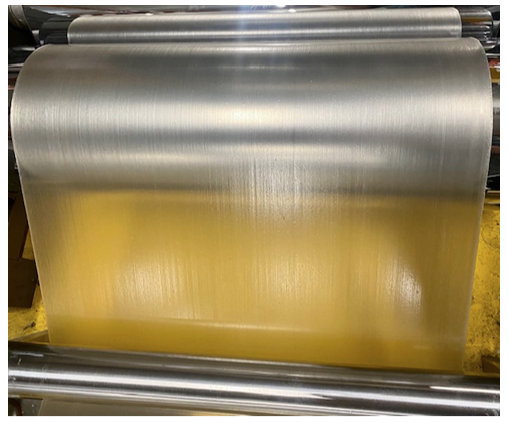
The SUNRISE project is focused on developing and implementing advanced MultiSensor sorting tools to select best quality fractions able to be recycled as PVB in new laminated glass. MultiSensor sorting tools use a combination of sensors and algorithms to sort and separate different materials, including PVB laminated glass.
One of the major advantages of MultiSensor sorting tools is their ability to sort materials according to composition and quality for recycling with high accuracy and efficiency through the glass, previous to shredding. This means that best quality PVB from laminated glass can be sorted supporting the posterior mechano-chemical recycling processes which lead to better and tailored use of this material, generating less waste compared to traditional laminated glass recycling. Discover more on our website and let us know what you think on SUNRISE Project!
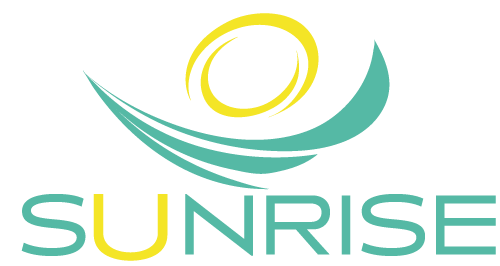
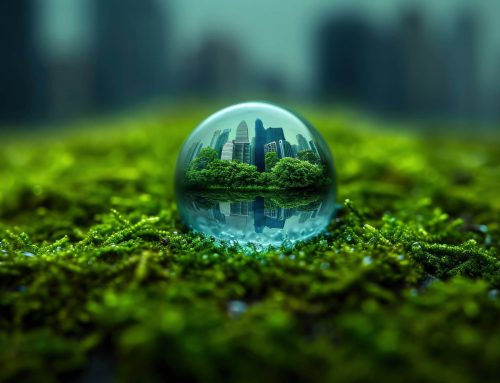
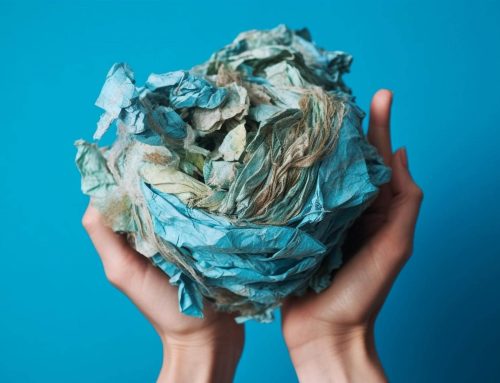
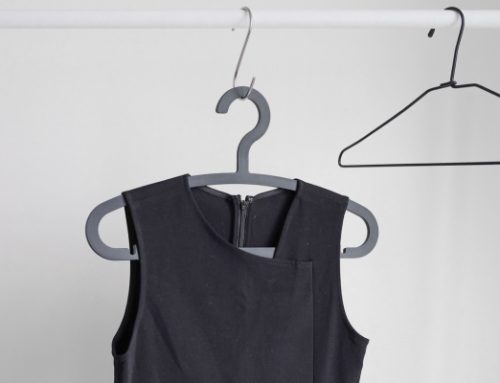
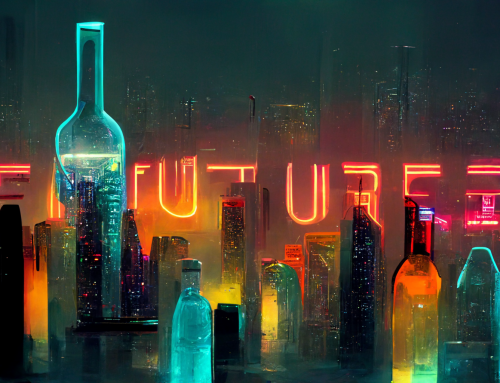
Leave A Comment